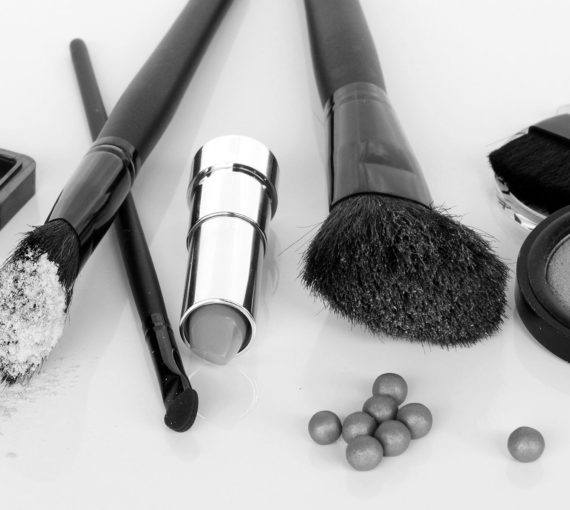Use in Cosmetics
These formaldehyde-releasing agents are used as preservatives in a wide range of cosmetics. Other industrial applications of formaldehyde include production of resins used in wood products, vinyl flooring and other plastics, permanent-press fabric, and toilet bowl cleaners. While formaldehyde occurs naturally in the environment at low levels, worldwide industrial production tops 21 million tons per year. [i]
Health and Environmental Hazards
These ingredients are a concern because they slowly and continuously release small amounts of formaldehyde, which the International Agency for Research on Cancer classifies as a known human carcinogen. [ii]
Formaldehyde may off-gas from cosmetics containing these ingredients and be inhaled (most of the cancer research on formaldehyde has focused on risks from inhalation). Off-gassing of formaldehyde from building products is already a concern for indoor air quality and Health Canada recommends the reduction or elimination of as many sources of formaldehyde as possible.[iii]
Laboratory studies suggest that formaldehyde in cosmetics can also be absorbed through the skin. [iv]
As well, DMDM hydantoin and quaternium-15 can irritate skin and eyes and trigger allergies at low doses. v Health Canada and Environment Canada categorized menthenamine and quaternium-15 as “moderate human health priorities” and possibly persistent in the environment. They have been flagged for future assessment under the government’s Chemicals Management Plan.
Regulatory Status
Formaldehyde is a restricted ingredient in cosmetics in Canada. It cannot be added in concentrations greater than 0.2 per cent in most products. However, there is no restriction on the low-levels of formaldehyde released by DMDM hydantoin, diazolidinyl urea, imidazolidinyl urea, methenamine, quarternium-15, and sodium hydroxymethylglycinate, nor on the use of these ingredients themselves.
International regulations are stronger. In the European Union formaldehyde-releasing preservatives in cosmetics must be identified on the product label with the notice, “contains formaldehyde” if the concentration of formaldehyde in the product exceeds 0.05 per cent.
Related Ingredients
Formaldehyde is an ingredient in some nail hardeners. Health Canada allows concentrations up to 5 per cent in these products. Tosylamide/formaldehyde resin, used in nail polishes, may contain residual formaldehyde concentrations up to 0.5 per cent.
i IARC. “Formaldehyde.” Monographs 88 (2006). https://monographs.iarc.fr/ENG/Monographs/vol88/volume88.pdf
ii IARC. “Formaldehyde.” Monographs 88 (2006). https://monographs.iarc.fr/ENG/Monographs/vol88/volume88.pdf
iii Health Canada. Environment and Workplace Health. Formaldehyde. https://www.hc-sc.gc.ca/ewh-semt/air/in/poll/construction/formaldehyde-eng.php (last update 2009-04-01).
iv Bartnik FG, Gloxhuber C, Zimmermann V. “Percutaneous absorption of formaldehyde in rats.” Toxicol Lett.25, 2 (1985):167-72.
v De Groot, A et al. “Formaldehyde-releasers in cosmetics: Relationship to formaldehyde contact allergy.” Contact Dermatitis 62, 1 (Jan 2010):2-17.
vi Personal Care Products Council. Tosylamide/formaldehyde resin. https://www.cosmeticsinfo.org/ingredient_more_details.php?ingredient_id=1205 (viewed 2010-03-16).




